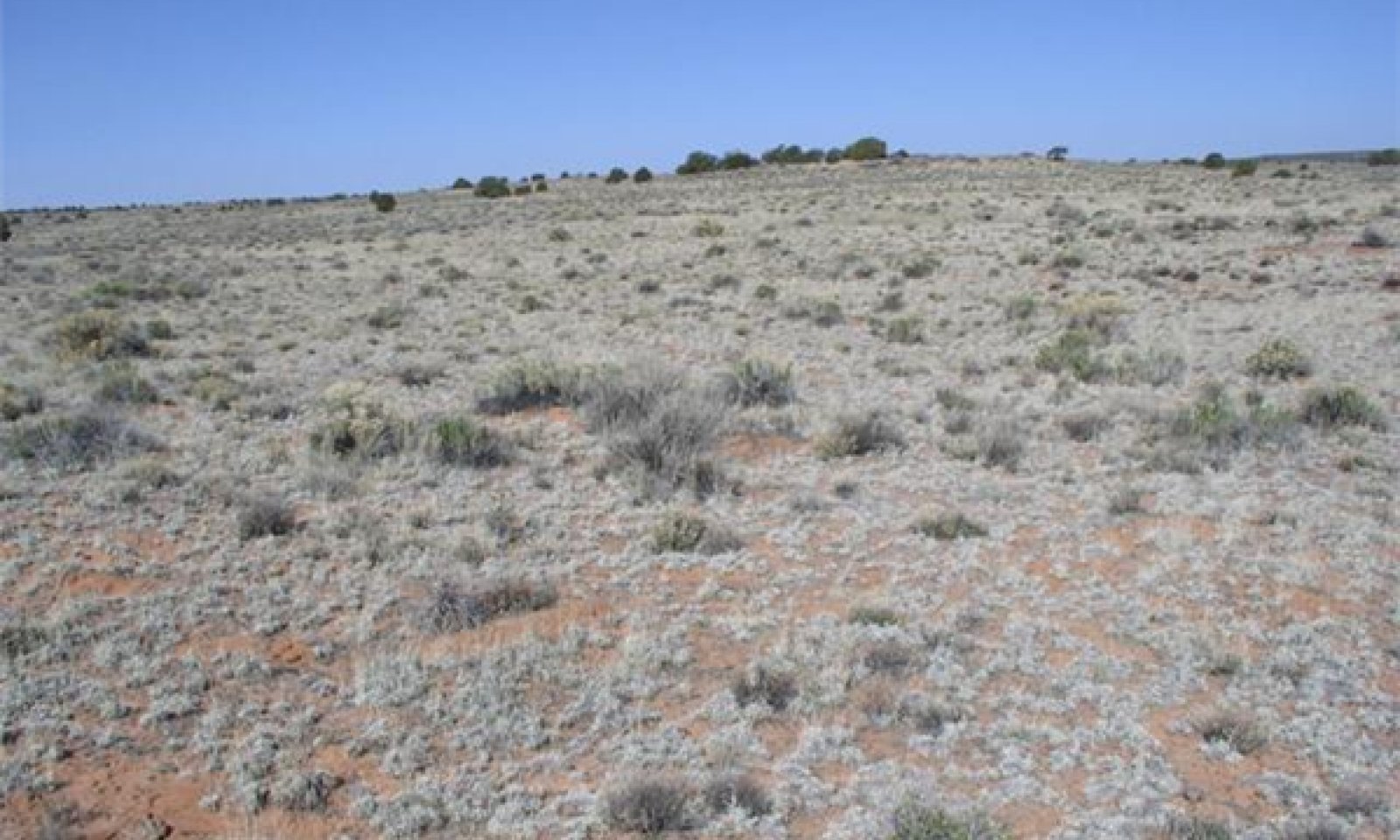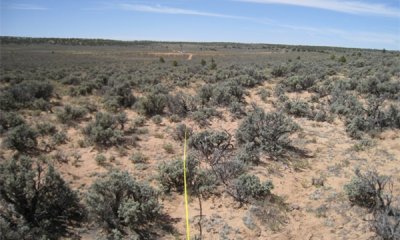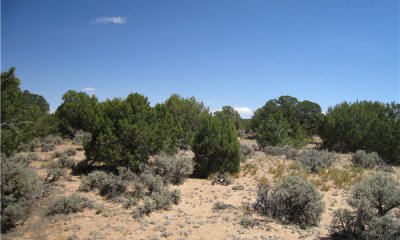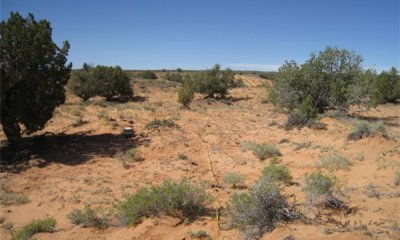
Sandy Upland 10-14" p.z.
Scenario model
Current ecosystem state
Select a state
Management practices/drivers
Select a transition or restoration pathway
- Transition T1A More details
- Transition T1B More details
- Transition T2A More details
- Transition T2B More details
- Restoration pathway R3A More details
- Transition T3A More details
- Restoration pathway R4A More details
- Restoration pathway R4B More details
-
No transition or restoration pathway between the selected states has been described
Target ecosystem state
Select a state
Submodel
Submodel
Mechanism
Loss of biotic integrity due to loss of perennial grasses and shrub encroachment, causing some loss of soil site stability and hydrologic function with more stability and infiltration under shrubs.
Mechanism
Loss of biotic integrity due to loss of perennial grasses and juniper and shrub encroachment, causing some loss of soil site stability and hydrologic function.
Mechanism
Further loss of biotic integrity with increasing juniper. Soil site stability and hyrdologic function at least moderately departed from the reference state due to changes in infilration pattern.
Mechanism
Drought, unmanaged grazing and/or fire removes the perennial herbaceous component of the plant community. Introduced annual grasses and forbs move into the plant community further reducing the biotic integrity of the site. Soil site stability is lost except around remaining trees and shrubs.
Mechanism
Reduction of juniper and other woody shrubs that have encroached on the site. Seeding or planting where remaining seed source is inadequate. Well managed grazing before and after treatment.
Relevant conservation practices
| Practice | External resources |
|---|---|
|
Brush Management |
|
|
Prescribed Burning |
|
|
Range Planting |
|
|
Prescribed Grazing |
Mechanism
Drought, fire, and/or unmanaged grazing reduce the perennial herbaceous component and some of the shrubs further reducing the biotic integrity of the site. Introduced annual grasses and forbs move into the plant community. Soil site stability and hydrogic function are at least moderately departed from the reference state.
Mechanism
Reduction of junipers and shrub species that have encroached on the site. Seeding where there is not an adequate seed source of the desired species. Control of introduced grasses and fobs may be needed if they are significant on the site. Well managed grazing is required before and after treatment.
Relevant conservation practices
| Practice | External resources |
|---|---|
|
Brush Management |
|
|
Prescribed Burning |
|
|
Range Planting |
|
|
Prescribed Grazing |
|
|
Herbaceous Weed Control |
Mechanism
Control of introduced annuals and seeding of native perennial grasses where the existing seed source is not adequate. Control of some tree and shrub encroachment may be needed. Well managed grazing is required before and after treatments.
Relevant conservation practices
| Practice | External resources |
|---|---|
|
Brush Management |
|
|
Prescribed Grazing |
|
|
Herbaceous Weed Control |
Model keys
Briefcase
Add ecological sites and Major Land Resource Areas to your briefcase by clicking on the briefcase (![]() ) icon wherever it occurs. Drag and drop items to reorder. Cookies are used to store briefcase items between browsing sessions. Because of this, the number of items that can be added to your briefcase is limited, and briefcase items added on one device and browser cannot be accessed from another device or browser. Users who do not wish to place cookies on their devices should not use the briefcase tool. Briefcase cookies serve no other purpose than described here and are deleted whenever browsing history is cleared.
) icon wherever it occurs. Drag and drop items to reorder. Cookies are used to store briefcase items between browsing sessions. Because of this, the number of items that can be added to your briefcase is limited, and briefcase items added on one device and browser cannot be accessed from another device or browser. Users who do not wish to place cookies on their devices should not use the briefcase tool. Briefcase cookies serve no other purpose than described here and are deleted whenever browsing history is cleared.
Ecological sites
Major Land Resource Areas
The Ecosystem Dynamics Interpretive Tool is an information system framework developed by the USDA-ARS Jornada Experimental Range, USDA Natural Resources Conservation Service, and New Mexico State University.












